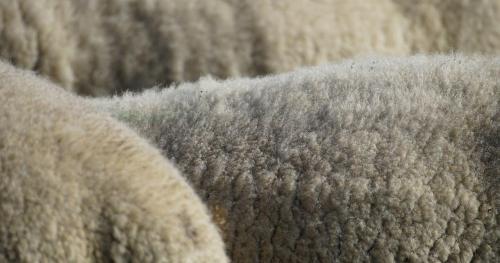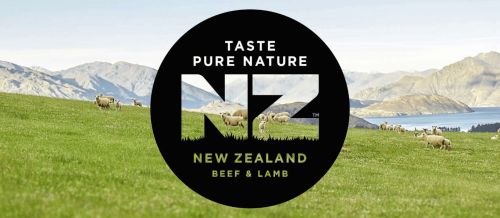Search results
Displaying 421 - 430 results of 664
- NewsDeveloping fit-for-purpose qualifications for farmers …

- NewsCase studies share farmer strategies for getting through drought …


- NewsLast chance to make a submission on emissions pricing …

- Accessibility is important to B+LNZ and we keep working to make our website and other resources suitable for all. We try to make sure any given piece of information is available in a range of different formats so farmers and others can find it in a way that suits them. Repeating messages in different media also helps adult learning. We’re committed to Plain English and look to improve our use of this. We seek guidance from accessibility experts like the Rural Youth & Adult Literacy Trust. …
- NewsTaste Pure Nature continues to grow value for NZ …
- NewsSheep and beef farmers shine in Ballance Farm Environment Awards …

- … RRCC encourages and supports the current sub catchments plus it works in the areas that are trying to get started with new groups. The aim is to have community catchment groups across our entire region that supports farmers to make the …
- RRCC was established about 2 years ago. It now has 9 sub-catchment groups within it's boundary with many more on the horizon. …
- Page… is the most common way for pests and diseases to spread, therefore managing livestock movements and the introduction of new animals is particularly important. … and traceability The National Animal Identification and Tracing (NAIT) scheme links people, property and livestock in New Zealand. The scheme provides traceability for individual animals, enhancing New Zealand's ability to respond quickly if there is a biosecurity incursion such as a disease outbreak. Once tagged, …
